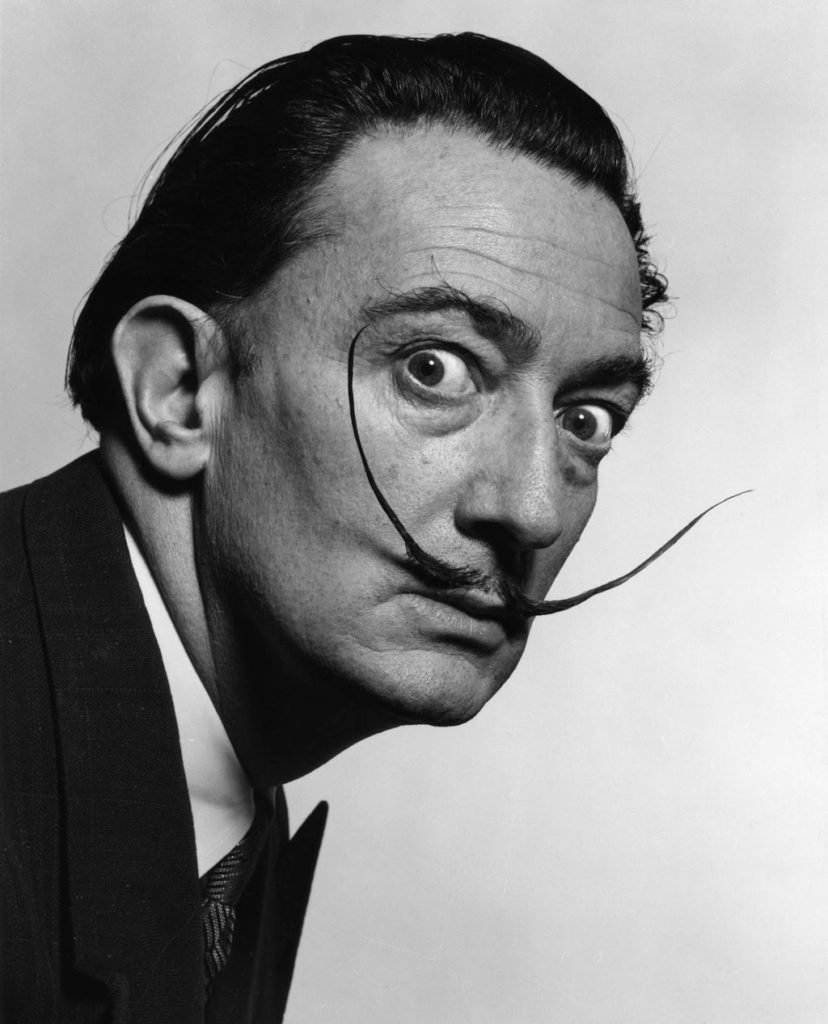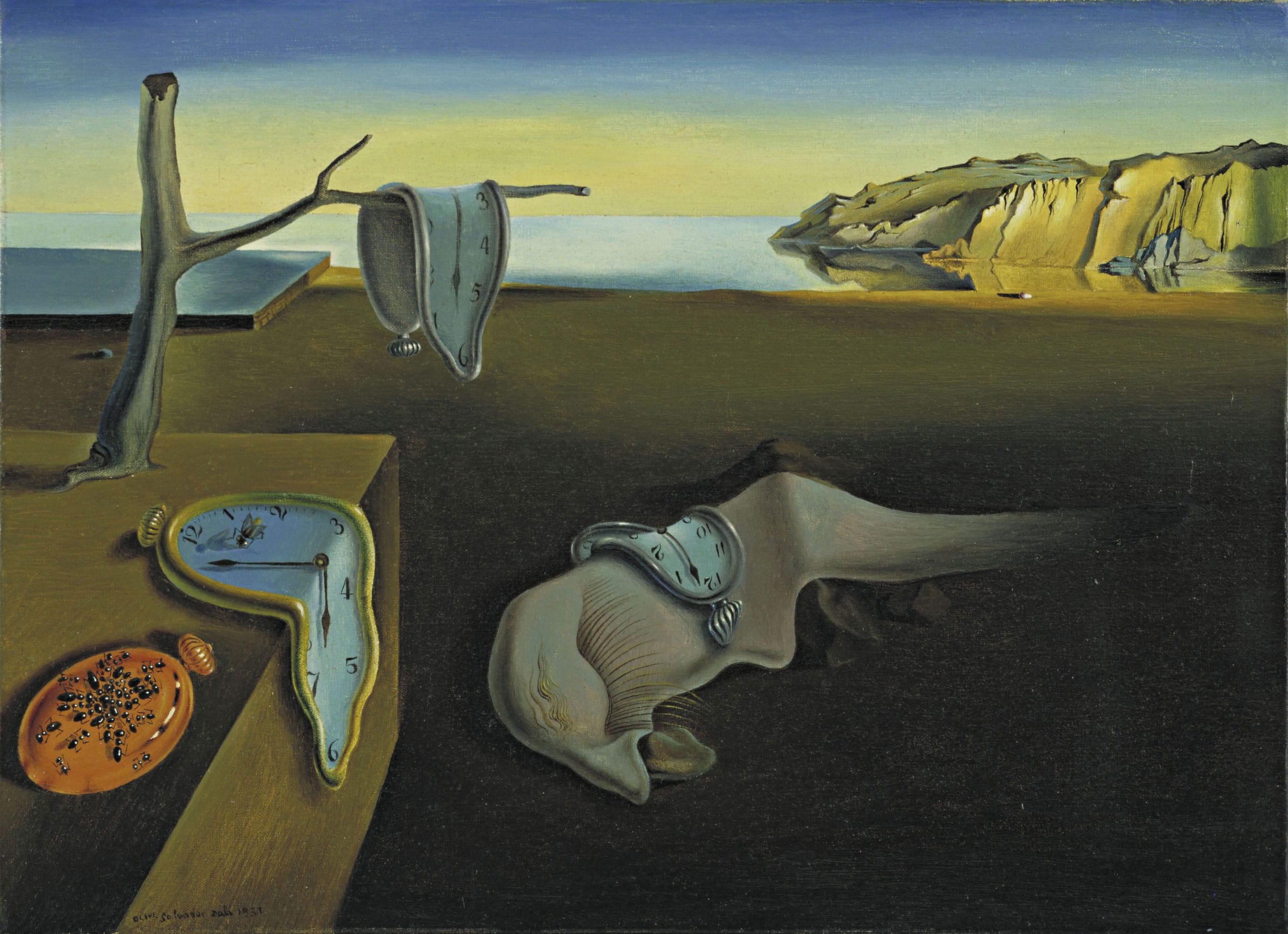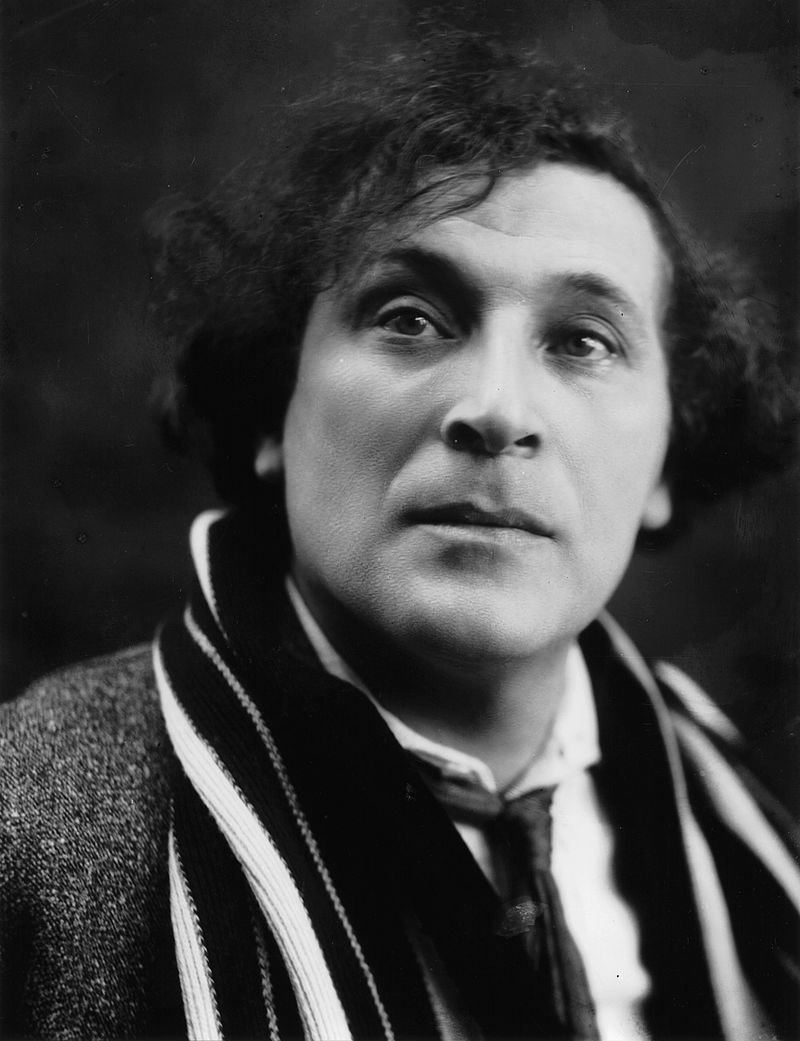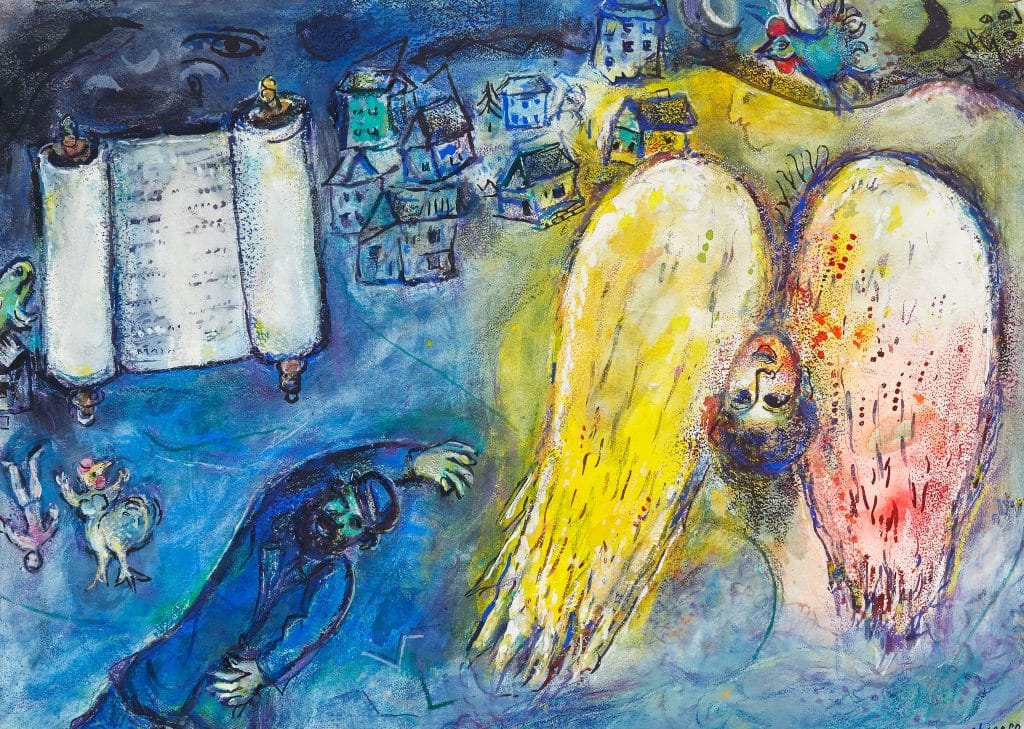Great Artists Salvador Dali & Marc Chagall

Great artists like Salvador Domingo Felipe, 1st Marquis of Dalí de Púbol. known professionally as Salvador Dalí was a prominent Spanish surrealist born in Figueres, Catalonia, Spain.
Salvador Dalí was born on 11 May 1904, on the first floor of Carrer Monturiol. Dalí was a skilled draftsman. Best known for the striking and bizarre images in his work. His painting skills are often attributed to the influence of Renaissance masters. His best-known work, The Persistence of Memory, was completed in August 1931. Dalí’s expansive artistic included film, sculpture, and photography, at times in collaboration with a range of artists in a selection of media.
Dalí attributed his “love of everything that is gilded and excessive. Furthermore, my passion for luxury and my love of oriental clothes” to an “Arab lineage”, claiming that his ancestors were descendants of the Moors. Dalí was highly imaginative, and also enjoyed indulging in unusual and grandiose behavior. To the dismay of those who held his work in high regard, and to the irritation of his critics. Furthermore, his eccentric manner and attention-grabbing public actions sometimes drew more attention than his artwork.
The Persistence of Memory, Painting

Salvador Dalí’s 1931 painting “The Persistence of Memory” is a very small, cabinet-size picture. filled with exquisite, meticulously rendered detail. It is probably for its hallucinatory, hyper-realistic atmosphere that this work is one of the most iconic Surrealist paintings.
The visual arts were a revolutionary movement with the goal of destabilizing societal, political, cultural norms. The Surrealists were deeply interested in dream states, in Freud, in alternative realities to provoke, to stimulate, to overturn people’s expectations. And what Dalí did was arrive at this conflation of things that both look so real, palpable, touchable almost, and yet are in a state of dissolution. Things that normally would be hard are draped, oozing, soft. So is this large pink, fleshy, vaguely anthropomorphic form that sprawls across the foreground that in fact, resembles the artist himself.
Marc Zakharovich Chagall

Marc Chagall was a Russian French artist of a Jewish origin. He was associated with several major artistic styles and created works in virtually every artistic format. Including painting, book illustrations, stained glass, stage sets, ceramic, tapestries and fine art prints.
Art critic Robert Hughes referred to Chagall as “the quintessential Jewish artist of the twentieth century”. According to art historian Michael J. Considered to be “the last survivor of the first generation of European modernists was Lewis Chagall. For decades, he “had also been respected as the world’s preeminent Jewish artist”. Using the medium of stained glass, he produced windows for the cathedrals of Reims and Metz, windows for the UN and the Art Institute of Chicago, and the Jerusalem Windows in Israel. He also did large-scale paintings, including part of the ceiling of the Paris Opéra.
Before World War I,
he traveled between Saint Petersburg, Paris, and Berlin. During this period he created his own mixture. Style of modern art based on his idea of Eastern European Jewish folk culture. Spending the wartime years in Soviet Belarus, becoming one of the country’s most distinguished artists. As well as a member of the modernist avant-garde, founding the Arts College before leaving again for Paris in 1922.
He had two basic reputations, writes Lewis. as a pioneer of modernism and as a major Jewish artist. Later he experienced modernism’s golden age in Paris. Yet throughout these phases of his style “he remained most emphatically a Jewish artist, whose work was one long dreamy reverie of life in his native village. Pablo Picasso remarked in the 1950s when Matisse dies. Chagall will be the only painter left who understands what colour really is”.
La Thora, Painting

Born into a poor family, in the Western part of Russia. Marc Chagall was the eldest of nine children. It was the images and memories from these early Russian years. Used repeatedly in his art when he left his hometown and moved to Paris. The Jewish culture was an emotional and intellectual source that populated his memories. Fueled his imagination with strong experiences from his childhood.
Chagall’s works are often autobiographical and mirror the artist’s views on life. Throughout Chagall’s oeuvre, the figures are laden with significance. The animals of Chagall’s dream worlds – donkeys, goats and cockerels. Not only recall the peasant life in his hometown but often seem emblematic of the artist himself.
The artist’s per-occupation with Jewish themes and religious family life resulted in many masterpieces. In La Thora, painted in 1970, Chagall has placed the Torah next to the angel as the center piece. The small houses and animals are a reminder of his past and his provincial upbringing in Vitebsk. The Jewish man, perhaps depicting his father. Whose posture gives the picture a turning motion, is also central in the composition. Furthermore the angel, with the face of Bella Rosenfeild, Chagall’s beloved first wife. Chagall’s Russian and Jewish heritages are at the very core of his work.

